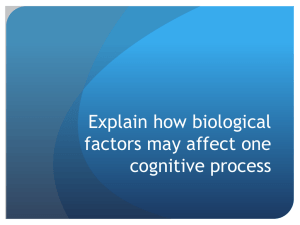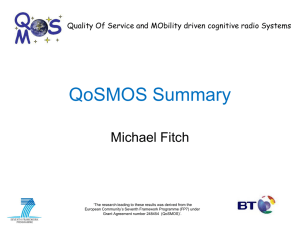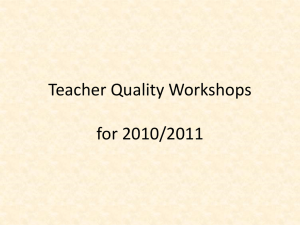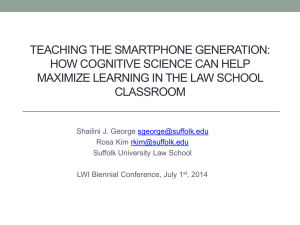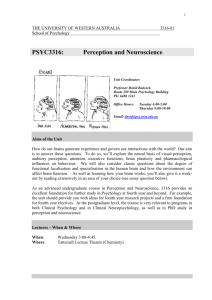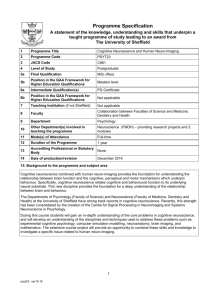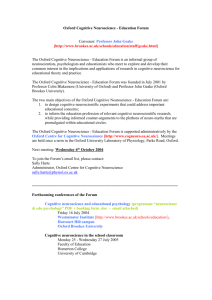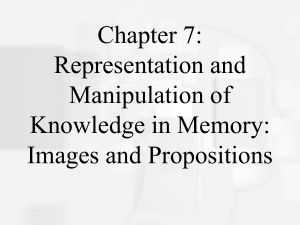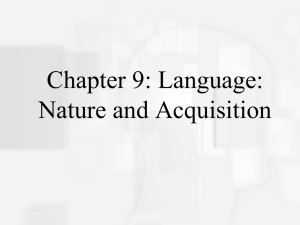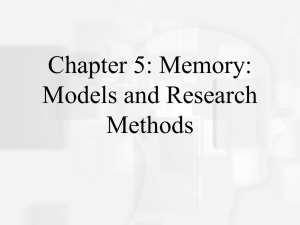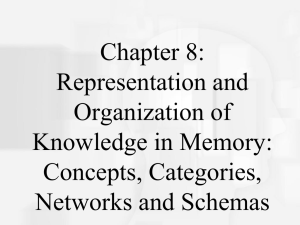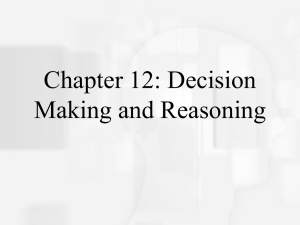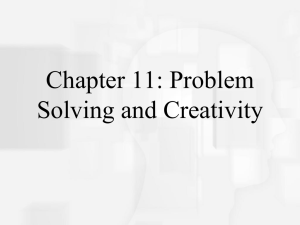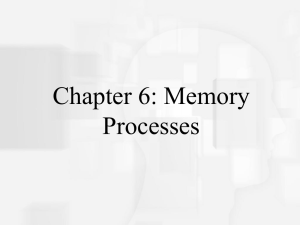PPT - UCI Cognitive Science Experiments
advertisement
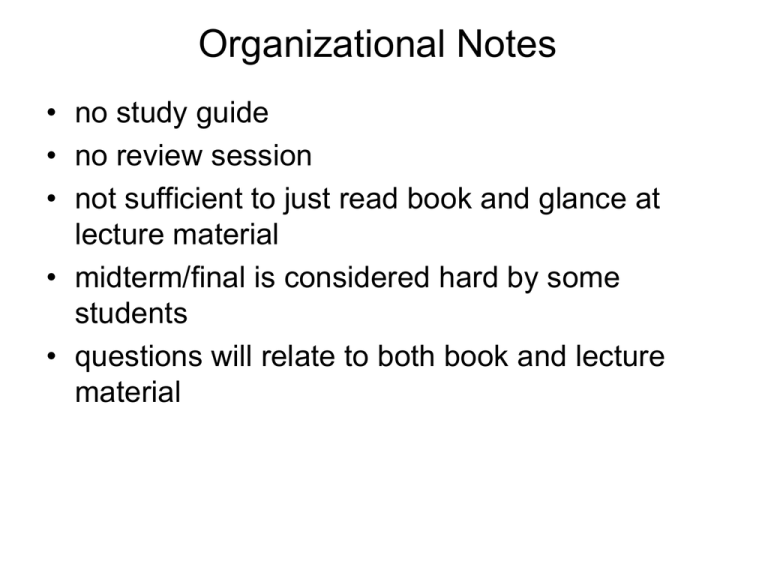
Organizational Notes • no study guide • no review session • not sufficient to just read book and glance at lecture material • midterm/final is considered hard by some students • questions will relate to both book and lecture material What is Cognitive Science? … is the interdisciplinary study of mind and intelligence, embracing philosophy, psychology, artificial intelligence, neuroscience, linguistics, and anthropology (Stanford Encyclopedia of Philosophy) http://plato.stanford.edu/entries/cognitive-science/ Practical Value • Education: – Intelligent tutoring systems – Automatically grading exams • Legal: – Distinguishing between true and false memories – Evaluating line-ups • Sales – Understanding beliefs and desires • Information technology: – Search engines – Building intelligent systems Cognitive scientists might have some things to say about these issues. Most cognitive scientists are cognitive psychologists, computer scientists, or cognitive neuroscientists (from: Schunn et al. 2005) Understanding Computation Building computer models that learn from the environment To understand how the brain works Computer Science/ Artificial Intelligence Interdisciplinary study of intelligent behavior To understand limits of theories Cognitive Science Philosophy Neuroscience For behavioral data in various tasks; mental representations and processes Cognitive Psychology To understand structure of language Linguistics We will focus mostly on insights from Cognitive Psychology Areas of Study • Cognitive psychology/science is about studying internal processes that are often unobservable, e.g.: Perception, Attention, Memory, Visual Imagery, Language, Concept Learning, Reasoning ? • Need converging evidence from different perspectives to really understand cognitive processes Levels of Analysis • Implementational: – Where does mental activity take place in the brain? – How is processing actually done with neural activity? • Algorithmic: – What is the abstract representation for input and output? – What stages are used to process information? – (also known as information processing level) • Computational: – Why does the algorithm work well? – What is the goal or purpose of the computation? (Marr, 1982) Levels of Analysis Example Cognitive Neuroscience • the study of the relation between cognitive processes and brain activities • Potential to measure some “hidden” processes that are part of cognitive theories (e.g. memory activation, attention, “insight”) • Measuring when and where activity is happening. Different techniques have different strengths: tradeoff between spatial and temporal resolution Information Processing • Information processing models resemble processing in computers – made cognitive psychology popular • Idea is that information is processed in a number of stages • The major goal of information processing research is to – identify those processes – identify how information is represented Types of Processing • • • • Bottom-up processing Top-down processing Parallel processing Serial processing An early version of the information-processing approach purely bottom up or stimulus-driven A Demonstration of Top-Down Processing Top-down processing: perception affected by knowledge of world Why do we seem to have a fairly robust interpretation of which shapes are concave and convex when the perceptual information is perfectly ambiguous? -> perception affected by knowledge (Kleffner & Ramachandran, ’92) Top down processing: perception affected by memory • First time, sine wave speech sounds incomprehensible (to most) http://psiexp.ss.uci.edu/research/teachingP140C/demos/sinewavespeech.aif • After hearing the natural utterance, perception of sinewave speech seems to be quite different "The steady drip is worse than a drenching rain." http://psiexp.ss.uci.edu/research/teachingP140C/demos/naturalutterance.aif (for more info: http://www.haskins.yale.edu/haskins/MISC/SWS/SWS.html) Sound Induced Illusory Flashes • Example of parallel and interactive processing: – processing of perceptual information in one modality is often affected by processing in another modality • Demo of sound induced illusory flashes: – – – – http://shamslab.psych.ucla.edu/demos/ http://www.cns.atr.jp/~kmtn/soundInducedIllusoryFlash/index.html http://www.cns.atr.jp/~kmtn/soundInducedIllusoryFlash2/ For more information on this effect see: http://shamslab.psych.ucla.edu/publications/SCR-reprint.pdf – note: demo might not work on your particular computer • Demo shows that visual perception affected by auditory perception Top-down processing Later stages of processing affect earlier stages can explain effects of Knowledge, memory, expectations and context Parallel vs. Serial Processing • To illustrate the difficulty of distinguishing between serial and parallel processing, consider the Sternberg task • Goal: what steps are involved in comparing information to memory? How long do these steps take? • Task: – give subjects memory sets. E.g. 3 9 7 – Probe memory with targets and foil digits: 9 = “yes”, 6=“no”. Measure reaction time. – Vary the size of these memory sets Typical Sternberg Results • Plot reaction time as function of memory set size and type of trial (targets/foils) • What are the implications of seeing a linear increase in reaction time as a function of memory set? A serial information processing model for Sternberg task 9 Perceive Stimulus Is it a 3? Is it a 9? Is it a 7? Make Decision This serial information processing model predicts a linear increase yes A parallel information processing model for Sternberg task Is it a 3? 9 Perceive Stimulus Is it a 9? Make Decision yes Is it a 7? This parallel information processing model also predicts a linear increase Identifiability • Sometimes, behavioral results do not allow processes and representations to be uniquely identified (e.g. Sternberg task) • Identifiability refers to the ability to specify the correct combination of representations and processes used to accomplish a task How can we tell models/theories apart? • Need converging evidence to tell theories apart – More behavioral data – Data from cognitive neuroscience – Data from neuropsychology Note • Please read book – to review major brain structures and their functions – to review brain imaging techniques • See also additional PowerPoint slides available on class website – cogneuro review slides



